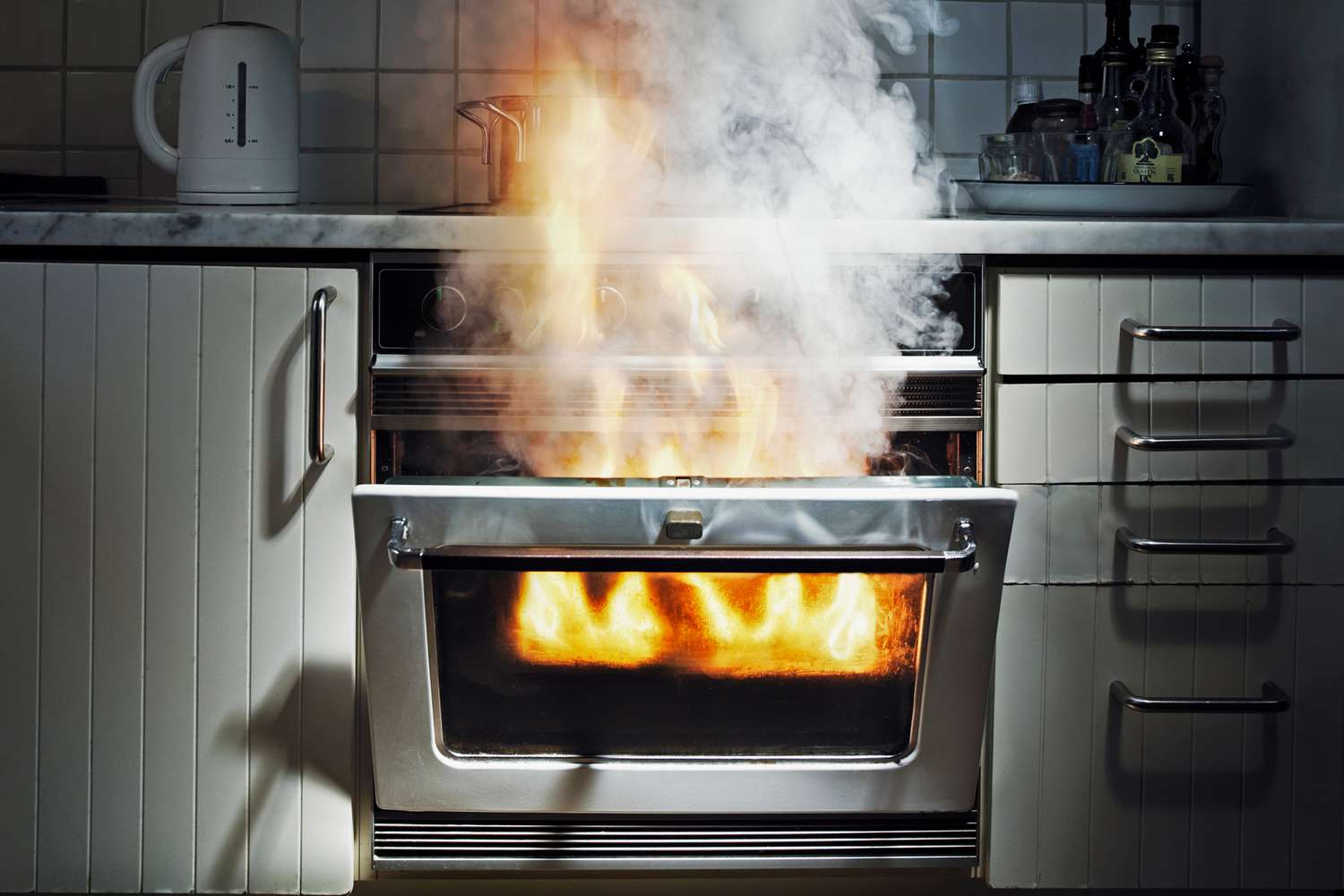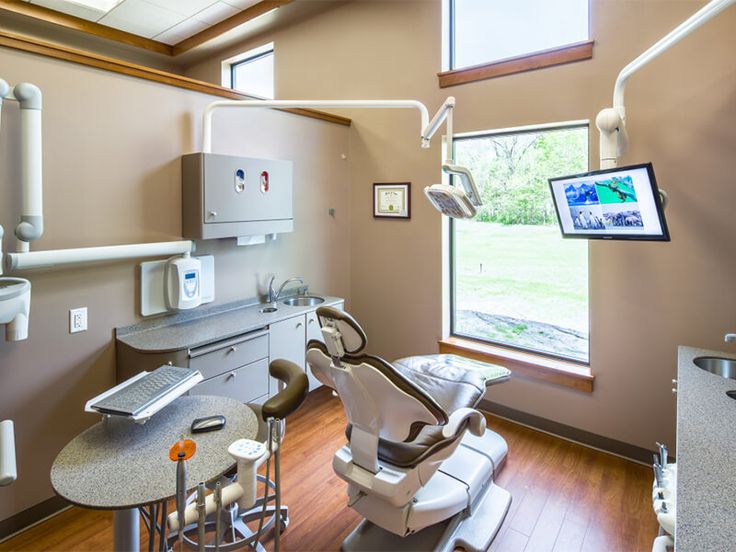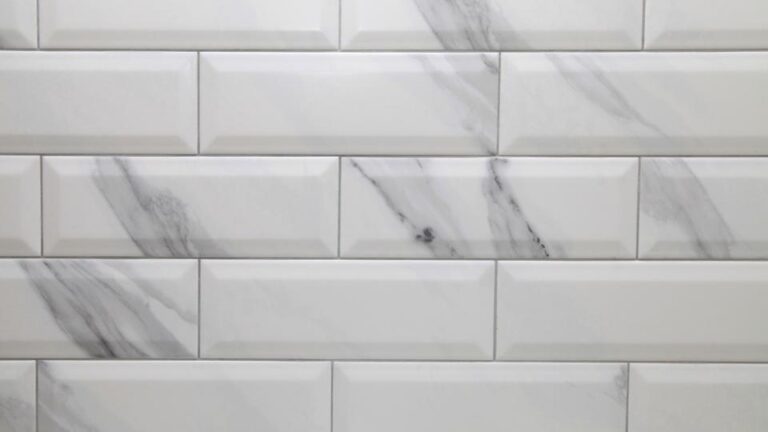Do You Put Anything In Oven Before Self Cleaning?
Self-cleaning ovens are a great way to save time and effort on oven cleaning. The self-cleaning cycle uses high temperatures to burn off dirt, grease, and food spills, making it easier to keep your oven clean without having to scrub. Before you run the self-cleaning cycle, however, there are a few things you should know. Most importantly, you should never put anything inside the oven before running the self-cleaning cycle. The extreme heat of the cycle could cause metal pans or aluminum foil to melt or even cause a fire. Additionally, anything placed inside the oven during the cycle, such as a baking sheet, could become warped and damaged. To ensure the safety of your oven and your home, make sure to remove all items from the oven before running a self-cleaning cycle.
What is Oven Self-Cleaning?
Oven self-cleaning is a feature offered by many modern ovens that utilizes high heat to burn away food residue and grease. The process is usually activated by pressing a button or selecting a setting on an oven control panel. Once the feature is activated, it will usually take several hours to complete, and the oven will become very hot during this time. After the process is complete, the oven will need to cool down before it can be used again.
When oven self-cleaning is activated, it is important to note that any food residue or grease should be wiped away before the process is initiated as the self-cleaning cycle may not be as effective if it is already present. Additionally, some ovens may require that the oven racks be removed before the cycle is initiated. For safety reasons, it is important to make sure that no flammable materials are left inside the oven during the self-cleaning process.
Overall, oven self-cleaning is a convenient and efficient way to keep your oven clean and food-safe. While the process is relatively simple, it is important to follow the manufacturer’s instructions and to take any necessary safety precautions to ensure that the process is done safely and correctly.
What Happens During Oven Self-Cleaning?
The oven self-cleaning cycle is an integral part of keeping your kitchen clean and your food safe. But what exactly happens during this process?
During the self-cleaning cycle, the oven is heated to temperatures as high as 900°F, which causes the food and grease inside to burn off. This process can take anywhere from two to four hours, depending on the size and temperature of the oven. During the cycle, the door of the oven will remain locked to keep it insulated and prevent any accidental burns.
At the end of the cycle, the oven is left with a mixture of ash and carbon, which must be wiped away with a damp cloth. It is important to make sure that all of the debris has been removed before using the oven again, as the ash can smoke and make food taste bad.
The self-cleaning cycle is a great way to keep your oven clean without the need for harsh chemicals or scrubbing. However, it is important to remember not to put anything in the oven before starting the cycle, as it can cause serious damage to the appliance.
Understanding the Self-Cleaning Cycle
The self-cleaning cycle is an essential, yet often overlooked feature of modern ovens. It is designed to reduce the time and energy spent on cleaning the oven and can be incredibly useful for busy households. But before you start the self-cleaning cycle, do you need to put anything in the oven?
The answer is no; you do not need to put anything in the oven before you start the self-cleaning cycle. The self-cleaning cycle works by heating the oven to extremely high temperatures, which breaks down the food and grease particles on the surfaces of the oven. This is done without the use of any additional materials or products.
When you are ready to begin the self-cleaning cycle, ensure that the oven is empty of all food, cooking pans, and other items. Additionally, make sure that all racks have been removed from the oven. Then, set the self-cleaning cycle according to the instructions in the oven manual and let the cycle run its course.
Self-cleaning ovens can be a great time-saver for busy households. Before you start the self-cleaning cycle, however, it is important to ensure that the oven is empty of all food, cooking pans, and other items. This will ensure that the self-cleaning cycle is run safely and successfully.
Preparing Your Oven For Self-Cleaning
Before you start the self-cleaning cycle on your oven, it is important to prepare it for the process. Doing so will help ensure that the cycle runs quickly and efficiently and that your oven is clean and safe to use afterward. Here are some tips on how to properly prepare your oven for self-cleaning.
First, make sure to remove all removable parts, such as oven racks, pizza stones, and any other items that you keep in your oven. This ensures that they don’t get damaged or warped during the cleaning cycle. You should also wipe down the interior of your oven with a damp cloth to remove any debris that might otherwise get burned during the cleaning process.
Next, check for any spills or food residue that may have stuck to the inside of your oven. If you find any, use a non-abrasive cleaner and a soft cloth or sponge to gently scrub the residue away. This will help the self-cleaning cycle run more efficiently and prevent potential smoke and odors from occurring.
Finally, make sure your oven door is securely shut before you start the self-cleaning cycle. To do this, move the latch at the top of the door into the locked position. This will help ensure that the oven stays shut throughout the cycle and won’t open unexpectedly.
By following these simple steps, you can make sure your oven is properly prepared for self-cleaning. Doing so will ensure that the cycle runs quickly and efficiently and that your oven is clean and safe to use afterward.
An Oven Self-Clean
Ovens with self-cleaning features offer an efficient and convenient way to keep your appliance clean. By leveraging the power of high temperatures, the self-cleaning cycle removes grease, grime, and carbon deposits from the oven’s interior, leaving it spotless and hygienic. Other benefits of this oven feature include saving time and energy, as well as reducing the need to use harsh chemicals.
When it comes to using the self-clean function, it’s important to know what you can and cannot put in the oven before self-cleaning. Generally, you should not put aluminum foil, plastic, or other materials in the oven while the self-clean cycle is running, as these materials can melt and cause damage to the oven. It is also important to remember to remove the racks and other removable parts before starting the cycle, as these can be damaged if left in the oven.
For optimal performance, it is also important to follow the manufacturer’s instructions and use the correct settings when self-cleaning your oven. This will help ensure that your oven is cleaned effectively and safely, while also minimizing the risk of damage. Additionally, some oven models feature a steam cleaning option, which uses water to soften and remove grime.
Overall, the self-clean feature in ovens is an incredibly useful tool, which helps to save time, energy, and money. By using the correct settings, removing removable parts, and avoiding putting materials such as aluminum foil in the oven, you can ensure that your oven is cleaned properly and safely.
Hazards of an Oven Self-Clean
When it comes to cleaning your oven, many homeowners turn to the self-clean feature. Self-cleaning ovens use high heat to burn off food and grease, leaving behind only a few ashes which can then be wiped away. While this may seem like a convenient way to clean your oven, there are some hazards associated with it.
The main hazard of an oven self-clean is the extreme heat. Temperatures can reach up to 900 degrees Fahrenheit, and it is important to know that any plastics, aluminum foil, or other metal objects can melt or set on fire. Additionally, high heat can damage the interior of the oven, so it is important to check the manufacturer’s instructions to ensure that the self-clean feature is compatible with your oven model.
Additionally, the fumes created during the self-clean process can be hazardous to breathe in, so opening a window or using a fan is recommended. It is also important to remove any food remains before starting the self-clean cycle, as anything left in the oven can cause smoke or an unpleasant odor.
Finally, the self-clean process also uses a lot of energy and can cause a spike in your electric bill, so it is important to consider the economic cost of using this feature.
Overall, an oven self-cleaning can be a convenient way to tidy up your oven, but it is important to understand the associated risks and use caution when performing this process. Doing some research beforehand can help you to ensure that you are using the self-clean feature in the safest way possible.
Tips for a Safe and Successful Self-Clean
Self-cleaning ovens are a great way to get your oven looking like new without any scrubbing or elbow grease. However, before you begin a self-cleaning cycle, it’s important to know what to put in the oven and what needs to be removed. To get the best results from your self-cleaning oven, here are some tips to ensure a safe and successful self-cleaning cycle.
First, make sure to remove all pans, racks, and liners from the oven. These items can warp or melt during the self-cleaning cycle and can cause damage to the oven. Additionally, any aluminum foil or food particles should also be removed before the self-cleaning cycle.
Second, check to make sure the door and hinges are secure and the oven is completely closed. If the oven is not completely closed, the self-cleaning cycle may not run correctly or the heat may escape the oven, which could be a fire hazard.
Finally, check the manufacturer’s instructions before starting the self-cleaning cycle. Different models have different instructions, so it is important to know what to expect during the self-cleaning cycle. Additionally, some models require you to lock the oven door during the self-cleaning cycle.
These tips will help you get the best results from your self-cleaning oven. By following these instructions, you can ensure a safe and successful self-cleaning cycle and enjoy a sparkling clean oven.
Maintaining Your Oven After Self-Cleaning
When it comes to oven maintenance, self-cleaning is a great way to keep your oven in tip-top shape. But what happens after you use the self-cleaning feature? Many people wonder if there’s anything else they should do to keep their oven looking and performing its best.
The answer is yes: there are several things you can do to maintain your oven after self-cleaning. For starters, you should always make sure to check and clean the oven window. This is especially important after self-cleaning because the extreme heat of the process can cause the window to become fogged up or dirty. To clean it, simply use a damp cloth and some dish soap.
In addition, you should inspect the oven seal and door hinges to make sure they haven’t been damaged by the intense heat of the self-cleaning process. If they are damaged, you should replace them as soon as possible to ensure that your oven is airtight and safe to use. Finally, you should regularly check the temperature of your oven to make sure it’s performing correctly.
Regularly maintaining your oven after self-cleaning is key to keeping your oven in the best condition. With the right care and attention, your oven will be able to last for many years to come!
FAQs About the Do You Put Anything In Oven Before Self Cleaning?
1. What items should not be placed in the oven during the self-cleaning process?
Answer: During the self-cleaning process, do not place any food, cookware, aluminum foil, oven liners, or any other flammable material in the oven.
2. How long should the self-cleaning cycle run?
Answer: Most self-cleaning ovens require 3-4 hours to complete the cleaning process.
3. What should I do after the self-cleaning cycle is complete?
Answer: After the self-cleaning cycle is complete, wait for the oven to cool down before wiping out any ash or residue. Do not use water or any other liquid to clean the oven, as it can damage the oven’s components.
Conclusion
There is no need to put anything in the oven before self-cleaning. All that is necessary is to set the oven to the self-cleaning setting and allow the oven to do its work. This will ensure that your oven is thoroughly cleaned without the need for any additional items.






